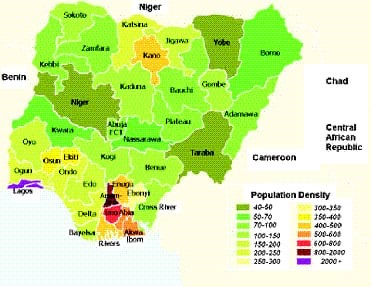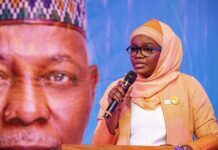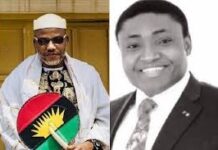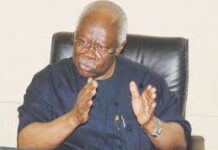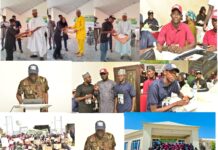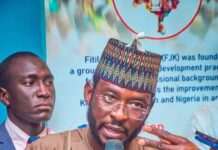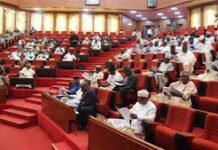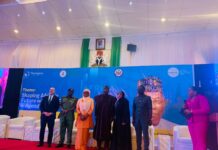FACT: The 2019 Voters’ Statistics that May Influence 2023 Elections By Mahmud Abdulsalam
Next year’s epic general elections will largely be influenced by the number of electorate who trooped out en masse to cast their ballots for presidential, gubernatorial and other categories of elections in 2019, an analysis by Politics Digest has shown.
Though the turn out of eligible voters on election days also matters for aspirants of various political offices, the significance of the ‘number of registered voters’ that are eligible to participate in general elections cannot be dismissed.
It has played a significant role in producing winners of recent Nigeria’s presidential elections, investigation by Politics Digest showed.
Incumbent President Muhammadu Buhari hails from the northern part of the country, with 19 States.
But it was not the numerical advantage of states in his region had over the South that railroaded him into Aso Rock for a second term.
It was the region’s voting population. Data on the “2019 Registered Voters in Nigeria,” indicate that in the North, about 44.3 million voters were registered ahead of the last general election.
While the Southern region of the country had only 38 million registered voters.
The data, which Politics Digest obtained from the Independent National Electoral Commission, INEC’s website, revealed that with 20 million, the North West had the highest number of registered voters, during the 2019 polls.
The South West, and North Central followed suit with 15.8 million, and 13.1 million registered voters, respectively.
Others were South South with 12.6 million; the North East with 11.3 million; and South East, the lowest with 9.5 million.
In terms of voters’ turnout in the 2019 presidential election, the North also trounced the South as it has a turnout percentage of 41% to the South’s 27%.
Read Also:
According to INEC data, the North West garnered 44% in terms of voters who turned out to elect a new tenant for ‘The Villa’ in the last presidential election.
The North East had 43% to come second, while in the North Central it was 37%.
As for the South South, South West and South East, the percentage of voters in the three region who exercised their franchise in the 2019 presidential election, were respectively 28%, 28% and 25%.
Of the top ten states with the highest votes during the contest for Nigeria’s presidential seat, only one is not from the North.
Kano, from the North West, came up with 1.96 million votes for President Buhari in the last general poll.
Kaduna, from North West gave Mr. President a whooping 1.71 million votes. Katsina, a North Western State where he hails from gave him 1.62 million votes.
The rest were Lagos, in South West with 1.16 million; Jigawa, in North West with 1.15 million; Plateau, in the North Central with 1.06 million; Bauchi, in the North East with 1.06 million; Borno, in the North East with 955K; Sokoto, in the North West with 926K; and Niger, in the North Central with 897K.
Contrastingly, States from both the Southern and Northern parts of the country emerged first from bottom, Politics Digest equally learnt. They had the least number of voters in the presidential election of 2019.
Bayelsa, in the South South had 336K; Abia, in the South East polled 344K; Ebonyi, in the South East with 379K; and Ekiti, in the South West recorded 394K.
The others include Cross river, in the South South with 446K; Enugu, in the South East with 451K; FCT, in the North Central with 451K; Kwara, in the North Central with 486K; Imo, in the South East with 543K; and Kogi, in the North Central with 553K.
If the way the last two general elections went is anything to go by, then either of the two dominant political parties in the country stands the chance to emerge the victor, in the poll to elect Buhari’s successor, if only it can maximize the sheer population strength of the electorate in the North.

